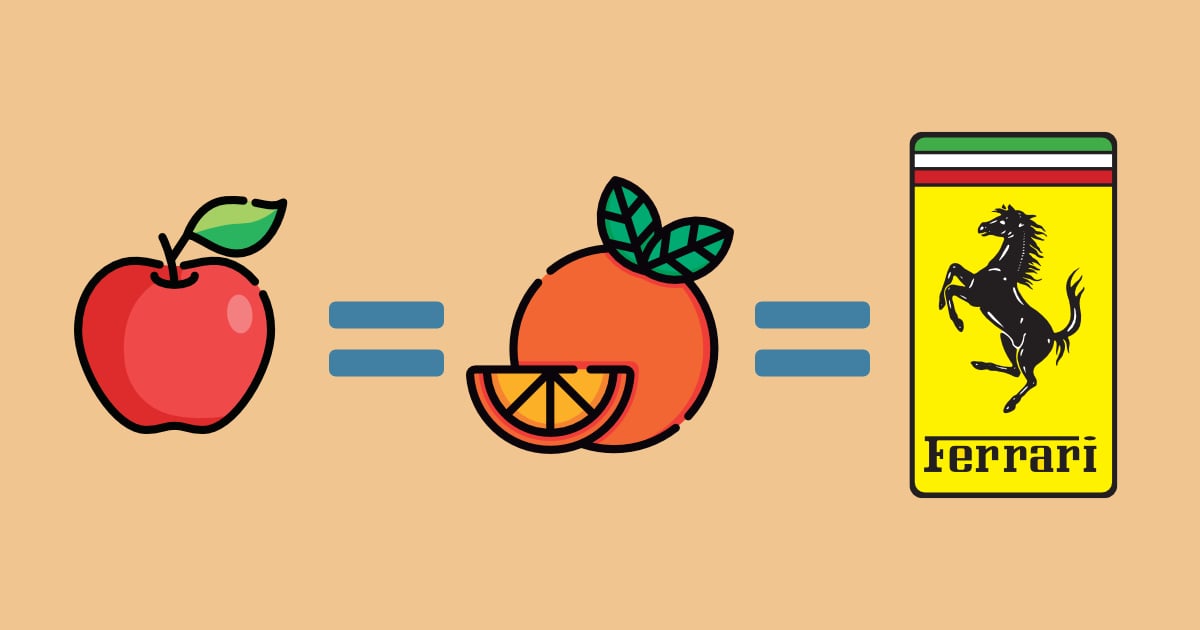Sometimes, Fencing training just isn’t enough or it just doesn’t work the way we hope it will.
Even if we dedicate hours and hours of practice on a particular skill or just Fencing in general, sometimes we can’t break through that wall looming over us.
If you ever have or do feel that way, I would recommend you consider Cross-Training and in this Woodland Watch, I’d like to focus on how you can implement Cross-Training and even how to adapt non-fencing training techniques into your routine.
What is Cross-Training?
Cross-training is training in sports or activities other than an athlete’s usual sport, in this case Fencing. The goal of Cross-Training is to improve overall performance. It takes advantage of the particular effectiveness of one training method to negate the shortcomings of another.
In layman’s terms, Cross-Training is trying to improve your Fencing skills by doing things other than fencing.
For example, we have seen in the group that those who have a background in at least one other sport, especially a more physical sport, tend to pick up fencing more quickly. That’s not to say you have to have had previous experience in sports to be good at fencing. All this is showing, is that Cross-Training offers a very dynamic advantage earlier on.
But now you might be wondering, “What really counts as Cross-Training?”.
How to Cross-Train
In my opinion, Cross-Training doesn’t have to be an intrusive experience in your life. It isn’t something that you have to rearrange your schedule for or even make a major life change to incorporate. All it takes is to start making connections between the things you already do and fencing.
Do you juggle? Do you swing-dance and play an instrument? Do you play soccer on the weekends or play racquetball with your dad once a week? These are just a few examples of potential cross-training opportunities that you might have lying around your life and the list could go on.
Stop for a moment and think about what you like to do? What are your hobbies or interests outside of Fencing? Are you an artist? An outdoorsman? What about a student? Whatever you are or like to do, the only thing you have to consider to get started in cross-training is how could that thing help me or relate to fencing.
Let’s take juggling. Juggling is a classic cross-training technique for fencing. Why? Because it trains hand-eye coordination, object-tracking, multi-tasking, etc… Someone who juggles might implement those skills into fencing by the coordination they have with their sword-hand and off-hand. They might have an easier time following their opponent’s blade or even attacking & defending at the same time.
I’ve benefitted from cross-training thanks to my years play Ice Hockey. Seeing the dynamic movements of a melee is very similar to the positioning during a game and much of my footwork is reminiscent of the skating techniques I’ve learned over the years.
Cross-training doesn’t have to be a high-intensity activity or exercise. All it has to be is a connection between one activity and another.
Learning to Adapt and Make Connections
Now, I am aware that cross-training is easier said than done. When you first start, you’re going to feel like you’re trying to make a sensible connection between apples, oranges, and Ferraris. There are times when you feel you have to make an unrealistic jump from one thing to another and you might even feel a little silly doing it. Luckily, I have a secret that has helped make connections more easily and adapt outside experiences to fencing more frequently.

Whatever makes sense to you, is what matters.
I don’t want to come across as meta or anything, but it’s true. Whatever makes sense to you, is what really matters. I don’t have a lot of experience sewing, so I personally can’t comprehend how sewing might benefit a fencer. That doesn’t mean those connections and benefits don’t exist, though. If nothing else, someone who sews clearly has the patience and focus to stab something 1,000 times.
Learning to adapt and make connections with activities outside of fencing can open the doors for both physical and mental applications that fencing alone can’t. As we approach winter, many of us run the risk of going into “hibernation” when in reality, our day-to-day lives hold countless opportunities to train and improve.
In addition, you never know when you’ll find someone who can speak and share those connections with you. There is nothing wrong with translating fencing into juggling, hockey, sewing, or other terms. Terrasylvae and the Order of the Rose benefit from the varied perspectives we are all willing to share and I would love to hear them all!


I’ve noticed that my experience with Graphic Design has helped me in Fencing by giving my a similar thought process. In the graphic design world you have two notable programs, Photoshop and Illustrator. To me, Photoshop is like a digital art studio filled with brushes and paints. I’m not very good at Photoshop. Illustrator on the other hand is like cutting out pieces of paper and layering them on top of one another until you get the result you want. I’m much better at Illustrator. Now obviously, I’ve completed butchered the true capacity of what these programs do, but that’s not the point. My point is that I’ve learned through Graphic Design that you can take little cut out bits of information or training and layer them on top of one another to get a different result, even if those bits don’t make any sense along the way.
I love that this article talks about juggling! I use my juggling skills very often when I fence. It’s where I take my main posture from and how I incorporate my off hand, as well as hand eye coordination. I think having learned juggling first helped me with my ability to take in what’s happening in a fight easily, and respond quickly. (I’m happy to teach anyone to juggle if they’re interested.)
Right now I’m also cross training with actual physical training. And I’ve noticed that as I increase in ability in the gym my fencing improves. I’ve stopped thinking of my gym time as ‘going to the gym.’ I’ve started thinking of it as fencing, but differently. I’m pretty happy about it. I’m happy to have people join me if they’re interested. It’s kind of fun once you get into it.
I’ve been wanting to work out a fencing move based on a dance step. Haven’t found quite the right one yet, though. That might be a fun winter project. I also kind of think of building myself as a fencer in kind of a similar way of writing a character in a story. what kind of fencer would i LIKE to be? What traits would I like this “character” to bring out more? What difficulties get in the way? How does the character get past them or reinvent herself to work around an issue that can’t be changed? For example, I’ve heard tons of people talk about going into the fight cocky, letting the opponent see that you’re confident, and it works an awful lot of the time. I’ve seen it. But. . .it’s not Rhiannon. That just isn’t her style. I’d like her to be the person no one takes seriously, and she plays on their arrogance and creams them. We clearly haven’t reached the end of that storyline yet. And this way of thinking helps me feel better sometimes about being so challenged with everything I come into contact with, because fencers who’ve never had to struggle are kind of like book characters with no trauma or flaws. . .kind of boring, really.
P.S. Kane: I’ve heard a certain move referred to as “The Sewing Machine”. It’s that one where you just keep thrusting quickly and repeatedly at the person until they fall apart or miss a shot. So, there you go!